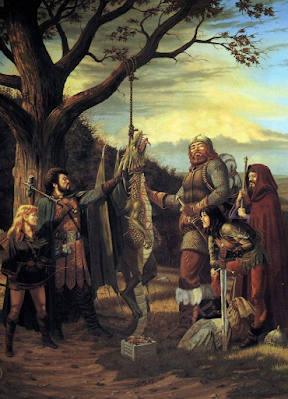Standing up for D&D's Gen X: 2e (Part 2)

This is part 2 of a 2 part series. Part 1 is about 2e rules. Part 2 is about 2e 'culture'. Here's my dirty little secret that I never told anyone before: I actually really liked the Complete Book of Elves. I am just going to leave that bombshell hanging in the air and return to it later in this post, in the hope that the shock value of that statement will minimise the impact of what I am going to say next. The aesthetic of 2nd edition expanded and improved the D&D genre of fantasy. I am going to interject here and say that this post covers two 'cultural' parts - Genre/aesthetics and Style of play. Right now we're obviously talking the first part, but I will get to the second further down. Alright, back to the topic at hand: Let's ignore the masochistic"I prefer the cheapass sketches to top of the line artists" argument that you see 1st editioners espouse every now and then as insular nostalgic nonsense and go to a second point: Most 1e grogn...








